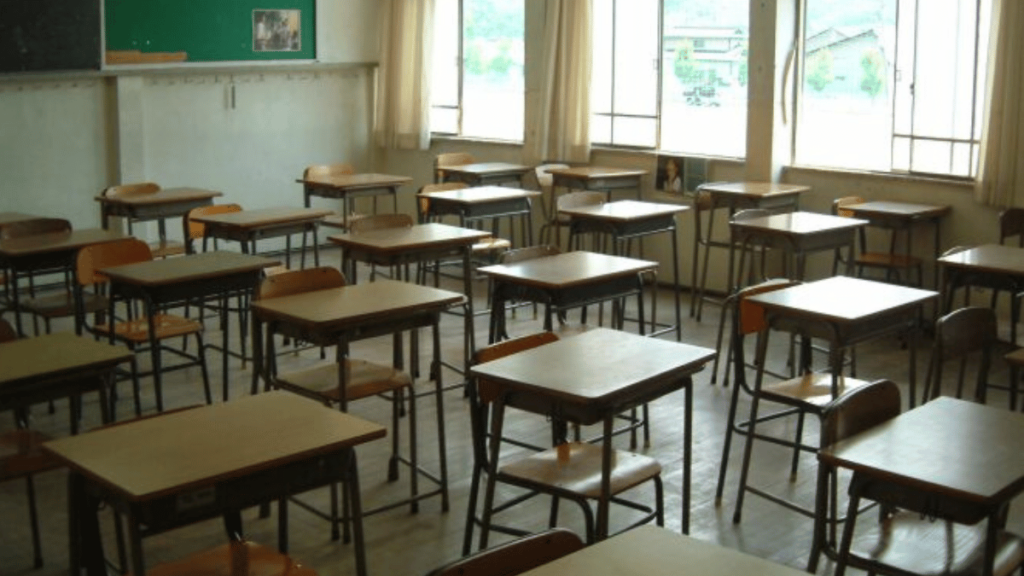Lawmakers received an update Sunday on an initiative that brings retired personnel back into schools to relieve staff shortages.
Deputy State Superintendent Michele Blatt gave the Joint Committee on Pensions and Retirement an update on the logistics of the program, and how many teachers have come back as long-term substitutes to address “critical need and shortage areas.”
“We’re basically looking at any teacher that desires to work more than 140 days in a fiscal year, [and there’s] a process that code explains has to take place in order for that to happen,” Blatt said.
For a retired teacher to receive critical need status for any given position, there cannot be any existing teacher or applicant locally that is already fully certified for the position, per state code.
Blatt said 248 requests were submitted this school year for retirees to come back and teach as long-term substitutes. The majority of requests received were in special education and elementary education. That accounts for about 20 percent of the current vacancies.
Out of West Virginia’s 55 counties, 45 submitted policies to the state Board of Education this year outlining areas of critical need. That includes positions at the state’s Schools for Diversion and Transition and Schools for the Deaf and Blind. There are currently more than 1,200 vacancies for fully certified teachers statewide.
House Bill 2346 was also passed last session, which similarly addresses the statewide bus driver shortage. That piece of legislation goes into effect July 1.
According to state code, the current legislation that allows retired personnel to be brought in as long-term substitute teachers, speech pathologists, school nurses and school counselors, expires June 30, 2025.




















 Arria Belli/Wikimedia Commons
Arria Belli/Wikimedia Commons